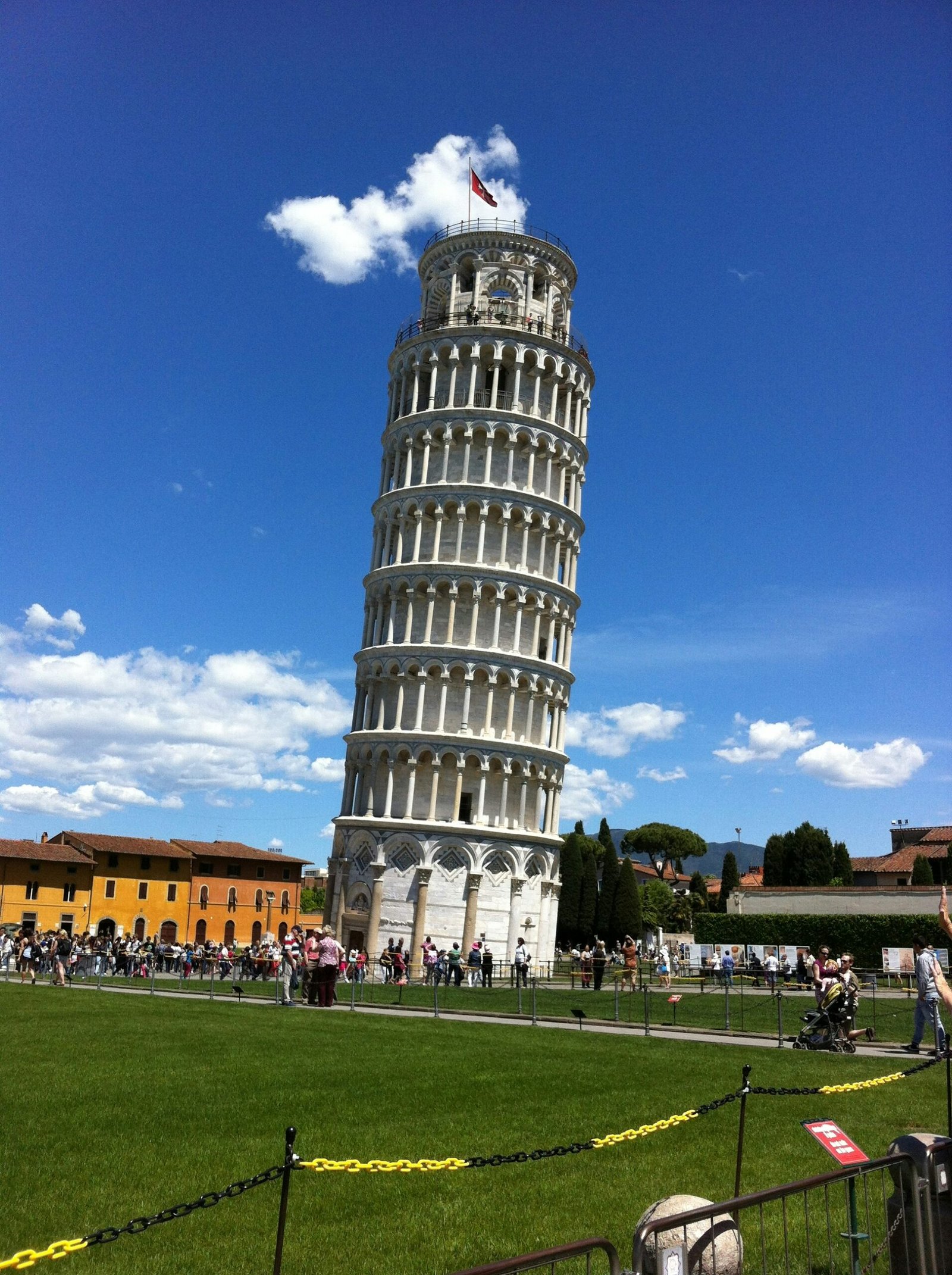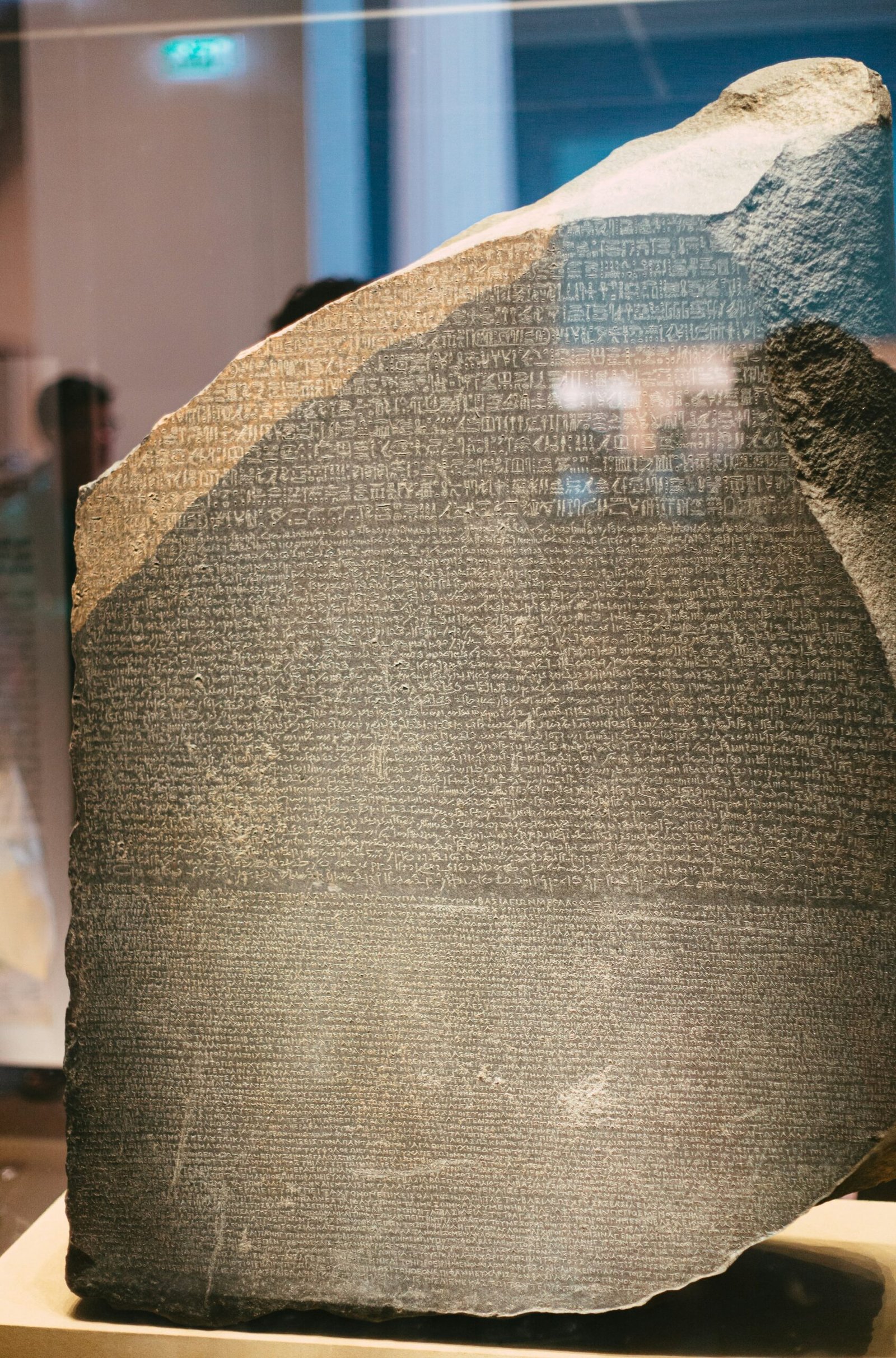
The History of the Forbidden City
The history of the Forbidden City dates back to the Ming Dynasty, when it was constructed as the imperial palace of China. It took over 14 years to complete and was officially finished in 1420. The palace complex covers an impressive area of 180 acres and is comprised of 980 buildings, making it the largest palace complex in the world.
The Architecture of the Forbidden City
The architecture of the Forbidden City is a perfect example of traditional Chinese palace design. The complex is divided into two main sections: the Outer Court and the Inner Court. The Outer Court was used for ceremonial purposes and was where the emperor would conduct important affairs of state. It consists of grand halls, including the Hall of Supreme Harmony, the Hall of Central Harmony, and the Hall of Preserving Harmony.
The Inner Court, on the other hand, was the residence of the emperor and his family. It is a more intimate and private area, featuring beautiful gardens, pavilions, and living quarters. The most famous building in the Inner Court is the Palace of Heavenly Purity, where the emperor would sleep and handle daily matters.
Cultural Importance of the Forbidden City
Aside from its architectural grandeur, the Forbidden City holds immense cultural importance for the Chinese people. It was the political and cultural center of China for almost 500 years, serving as the residence of 24 emperors of the Ming and Qing dynasties. The palace complex was also the seat of power, where important decisions were made and where the emperor held court.
The Forbidden City is not only a symbol of imperial power but also a repository of Chinese art and culture. The complex houses a vast collection of priceless artifacts, including ancient paintings, calligraphy, ceramics, and imperial treasures. These artifacts provide a glimpse into the opulence and grandeur of the imperial court, as well as the artistic achievements of ancient China.
Today’s Significance of the Forbidden City
Today, the Forbidden City continues to be a major tourist attraction and a symbol of China’s rich history. Visitors from all over the world flock to Beijing to explore this magnificent palace complex and learn about the fascinating history of the Chinese empire. The site has also been recognized by UNESCO as a World Heritage Site, further cementing its importance and significance on a global scale.
The Architecture of the Forbidden City
The architecture of the Forbidden City is a perfect example of traditional Chinese palace design. The complex is divided into two main sections: the Outer Court and the Inner Court. The Outer Court was used for ceremonial purposes and was where the emperor would conduct important affairs of state. It consists of grand halls, including the Hall of Supreme Harmony, the Hall of Central Harmony, and the Hall of Preserving Harmony.
The Inner Court, on the other hand, was the residence of the emperor and his family. It is a more intimate and private area, featuring beautiful gardens, pavilions, and living quarters. The most famous building in the Inner Court is the Palace of Heavenly Purity, where the emperor would sleep and handle daily matters.
Cultural Importance of the Forbidden City
Aside from its architectural grandeur, the Forbidden City holds immense cultural importance for the Chinese people. It was the political and cultural center of China for almost 500 years, serving as the residence of 24 emperors of the Ming and Qing dynasties. The palace complex was also the seat of power, where important decisions were made and where the emperor held court.
The Forbidden City is not only a symbol of imperial power but also a repository of Chinese art and culture. The complex houses a vast collection of priceless artifacts, including ancient paintings, calligraphy, ceramics, and imperial treasures. These artifacts provide a glimpse into the opulence and grandeur of the imperial court, as well as the artistic achievements of ancient China.
Today’s Significance of the Forbidden City
Today, the Forbidden City continues to be a major tourist attraction and a symbol of China’s rich history. Visitors from all over the world flock to Beijing to explore this magnificent palace complex and learn about the fascinating history of the Chinese empire. The site has also been recognized by UNESCO as a World Heritage Site, further cementing its importance and significance on a global scale.
The Construction of the Forbidden City
The construction of the Forbidden City marked a significant shift in Chinese imperial architecture. Prior to its construction, the emperors of China resided in various palaces and residences scattered throughout the country. However, Emperor Yongle of the Ming Dynasty sought to establish a centralized capital and commissioned the construction of a grand palace that would serve as the symbol of imperial power.
The construction of the Forbidden City was a massive undertaking that required the labor of over one million workers. The palace complex was meticulously designed and built according to the principles of feng shui, an ancient Chinese practice that seeks to harmonize human life with the surrounding environment. The layout of the complex is based on a precise alignment with the cardinal directions, with the main buildings facing south to receive the most sunlight.
The Architecture of the Forbidden City
The Forbidden City is not only renowned for its grand halls and palaces, but also for its intricate and detailed architecture. The buildings within the complex are constructed using traditional Chinese design principles, which emphasize symmetry, balance, and harmony with nature. The wooden structures are meticulously crafted, with each beam and column fitting together seamlessly to create a sturdy and visually stunning edifice.
The roofs of the buildings are another notable feature of the Forbidden City’s architecture. They are adorned with vibrant colors, intricate patterns, and decorative elements such as ceramic tiles and carved figures. The roofs are not only aesthetically pleasing, but also serve a practical purpose. They are designed to withstand the elements, including heavy rain and snow, and provide protection for the delicate wooden structures beneath.
The Forbidden City’s Courtyards and Gardens
As one explores the Forbidden City, they will come across various courtyards and open spaces, each with its own unique architectural features. The courtyards are designed to create a sense of openness and grandeur, while also providing a functional space for ceremonies, gatherings, and processions. The buildings surrounding the courtyards are strategically positioned to create a harmonious and balanced composition, further enhancing the overall beauty of the complex.
Beyond the halls and courtyards, the Forbidden City boasts a stunning array of gardens, pavilions, and other structures. The Palace of Tranquil Longevity, in particular, is a tranquil oasis within the bustling palace complex. The gardens are meticulously landscaped, with carefully placed ponds, bridges, and pavilions that create a sense of serenity and tranquility. Walking through the gardens, one can appreciate the attention to detail and the skillful integration of natural elements into the overall design.
The Forbidden City’s Cultural Significance
Overall, the architecture of the Forbidden City is a testament to the skill and craftsmanship of ancient Chinese artisans. It is a visual feast for the eyes, with its intricate wooden structures, colorful roofs, and decorative details. The symmetrical layout, grand halls, and beautiful gardens all contribute to the timeless beauty and cultural significance of this UNESCO World Heritage site.
The Forbidden City as a Historical and Cultural Site
Walking through the majestic gates of the Forbidden City, visitors are transported back in time to a period of opulence and grandeur. The sheer size and scale of the palace complex is awe-inspiring, with its sprawling courtyards, ornate halls, and intricate details. Each building within the Forbidden City tells a story, reflecting the cultural values and artistic achievements of the Chinese emperors.
As one explores the Palace Museum, they are greeted by an astonishing array of artifacts that offer a glimpse into the lives of the emperors and their imperial court. From exquisite jade carvings to delicate porcelain vases, each piece showcases the unparalleled craftsmanship and artistic skill of the Ming and Qing Dynasties. Visitors can marvel at the intricate brushwork of ancient calligraphy scrolls, admire the intricate designs of imperial robes, and appreciate the mastery of ancient Chinese painting.
Beyond the tangible artifacts, the Forbidden City holds a deeper cultural significance. It is a symbol of the power and authority of the Chinese emperors, who ruled with absolute control over the vast empire. The strict hierarchy and ritualistic practices of the imperial court are reflected in the layout and design of the palace complex. Every aspect, from the placement of buildings to the arrangement of furniture, was carefully planned to maintain the emperor’s authority and uphold the traditions of the ruling dynasty.
Furthermore, the Forbidden City represents a pivotal period in Chinese history. It witnessed the rise and fall of emperors, the ebb and flow of dynasties, and the cultural shifts that shaped the nation. The palace complex stands as a testament to the resilience and endurance of Chinese culture, surviving centuries of political turmoil and social change.
The Significance of the Forbidden City Today
Today, the Forbidden City continues to captivate visitors from around the world, drawing them into the rich tapestry of Chinese history and culture. It serves as a bridge between the past and the present, allowing us to appreciate the legacy of the emperors and the contributions of Chinese civilization. Whether it is the architectural splendor, the artistic treasures, or the historical significance, the Forbidden City remains an iconic symbol of Chinese heritage and a testament to the indomitable spirit of a nation.



